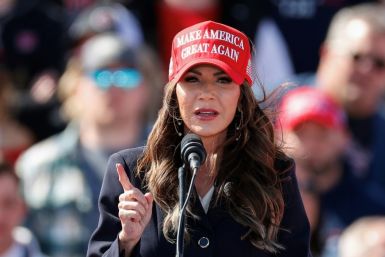Producers sensitive to new milk price system
Supply must equal demand before milk prices can be raised.
The new milk pricing system was introduced to milk farmers and producers only last month. Queensland Dairyfarmers spokesman James Geraghty said, “For the Dairyfarmers group's suppliers this is the first time they've had to go with this.”
Geraghty and other representatives from industry giants Parmalat and National Foods expressed their concerns yesterday at a Queensland dairy industry conference in Caloundra. The annual conference continues today.
The farmers' spokesman said, “Up until now it's been a one price for all milk system, so it's just getting our heads around how that works and in a lot of cases a lower price, how to adjust on farm to that lower income.”
Australia adapted a unique supply management process in the 1920s. In 2000, the government eliminated all dairy support prices and quotas. Dairy farmers were offered tax relief for losses of quota value and a transition package worth more than A$1.7-billion (about $1.5-billion).
A new tax of 11 cents per litre of fluid milk sold at retail financed the 2000 package. A transition from the supply management system of the 1920s into a fully deregulated system is expected with the new milk pricing system.
Efforts for complete deregulation followed previous reforms starting in the middle of the 1980s.






